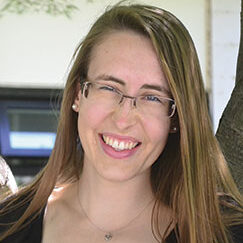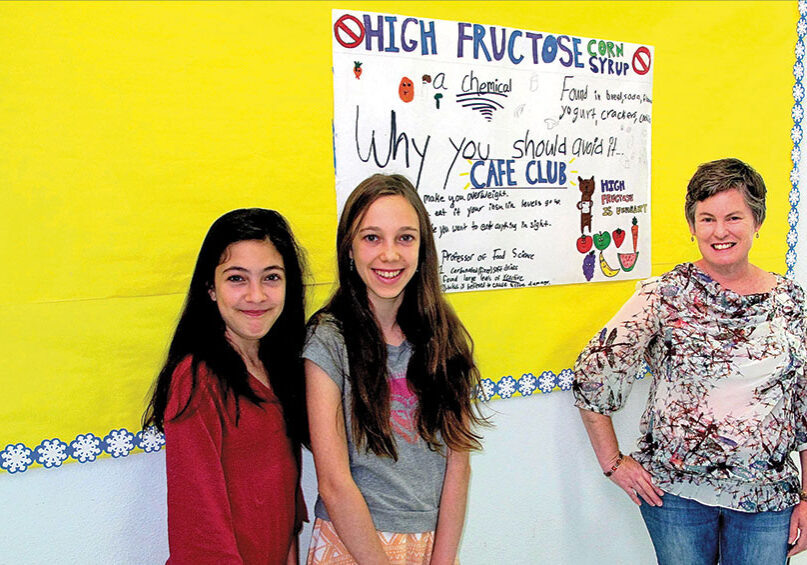Developed by Italian physician Maria Montessori, Montessori education promotes self-guided, hands-on learning. Sherwood Montessori Charter School in Chico and Shasta Elementary School in Old Shasta are two North State schools following the Montessori approach to learning, and met with North State Parent to discuss how this differs from traditional classroom learning.
Student-centered
“Montessori is centered on student input and independence,” says Shasta Elementary Principal Kim Miller. “They have a lot of freedom within limits. They have a say in what they feel would be beneficial for their learning, rather than just the adult’s idea.” Having a stake in when and how they meet academic requirements helps students maintain interest and focus.
Sherwood Principal Michelle Yezbick says, “We get to know the kids really well so we can maximize their experience and help them reach their potential.” Adam Mankoski, a primary-age teacher at Sherwood, says his main job is “constantly observing and tying the academics to what they’re interested in. I’m a guide to them; I’m not a teacher in the traditional sense. It’s about creating self-fulfilled people who make an impact because they understand who they are.”
Peer learning
Unlike traditional schools that advance students to a new classroom each year, Montessori schools have students spend three years in multi-age groups. Infant includes children under three years old, Primary is for ages 3-6, Lower Elementary includes 6-9-year-olds, and Upper Elementary is for ages 9-12. Students who would typically be in 7th and 8th grade remain together in a middle school class, and high school includes grades 9-12. As Michelle says, “A human’s first way of learning is to observe other humans.” Adam, who teaches primary students, describes 3- and 4-year-olds curiously watching their 5- and 6-year-old peers and thinking, “I want to do what they are doing. How do I master that?”
“When they come in as a first-year in a classroom, they’re learning more from their peers,” explains Kim. “By the time they are a third-year in their rooms, they have more opportunities to teach their peers and share what they’ve learned, which helps them go deeper and become leaders.”
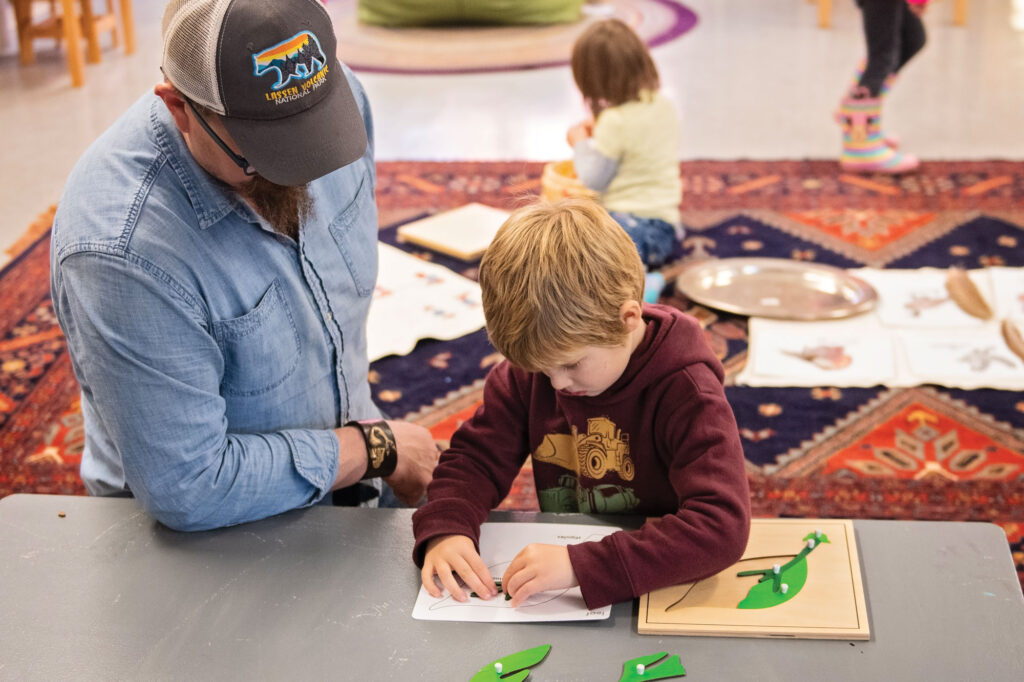
Montessori learning helps students grow individuality, while they build community.
Photo: Sherwood Montessori School by Amber Thompson.
Individual pacing
Multi-age groups also afford students more time to develop in areas of weakness without the stigma of falling behind. “Traditionally, the whole class learns something at one time,” Kim explains. “In a Montessori classroom, our lessons are often individual, or maybe two or three students based on what they’re interested in and ready for.” A student who struggles in language arts, for example, might not understand stereotypically grade-level concepts during the first year of lower elementary. “But by the end of that span they will have mastered it because they’re watching their peers do it and they’ve had three years to absorb the sequence of things that get them there,” Adam says.
Community perspective
“The main reason I love Montessori is that it’s an amazing balance of my kids growing as individuals and growing as a community,” says Brandy Thomas, mother of two Sherwood students. Brandy describes her children’s education as “building the human,” saying, “It emphasizes “autonomy within structure, which builds self-confidence, problem-solving skills, and self-awareness. At the same time, there’s a big emphasis on building community and helping each other. You’re not just an individual; you’re also part of a collective, and that matters.” Brandy loves hearing her 8-year-old son contemplating the plight of endangered species and her 5-year-old daughter singing songs about both diversity and the importance of finding community.
Motivation toward lifelong learning
“With Montessori education, students develop independence at an early age, which is manifested in time-management, self-discipline, growth mindset, leadership skills, intrinsic motivation, and lifelong learning,” says Kim. Adam agrees, saying, “We’re guiding students to be more intrinsically motivated, self-aware human beings. Maria Montessori used a term called ‘horme’ to describe that internal fire. We want kids to ultimately find their spot in the world and to start thinking about how they can change things in the world even when they’re as young as five.”
“Parents interested in Montessori,” says Michelle, “should definitely come and see it in action. Come do a tour and observe it, because it is really hard to describe. Come and see the miracles unfold!”
Posted in: Education
Comment Policy: All viewpoints are welcome, but comments should remain relevant. Personal attacks, profanity, and aggressive behavior are not allowed. No spam, advertising, or promoting of products/services. Please, only use your real name and limit the amount of links submitted in your comment.
You Might Also Like...
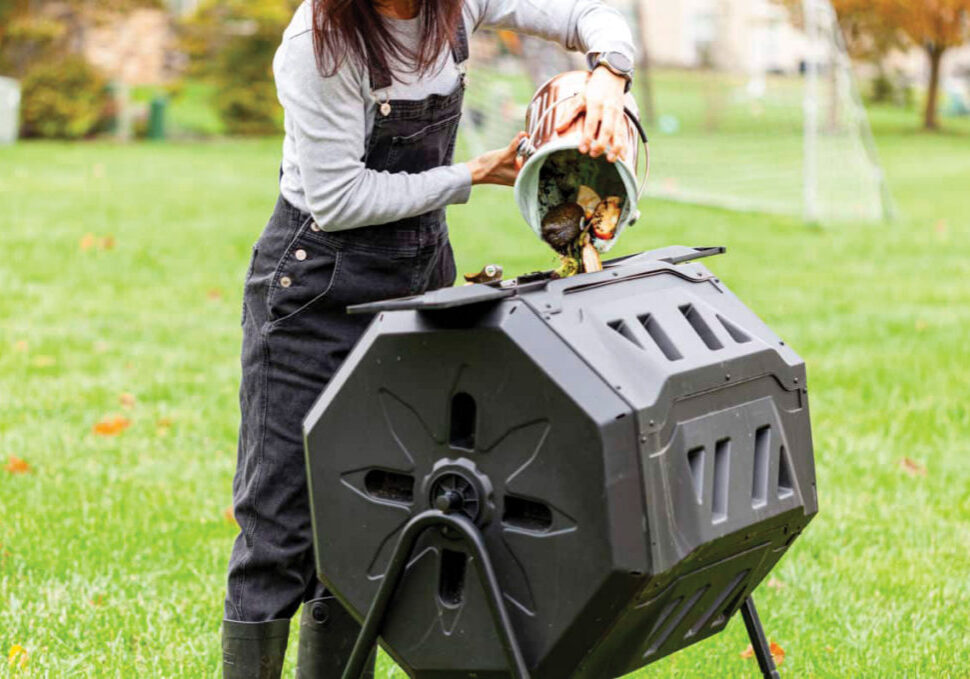
Using The 5Rs To Help Clean Up The Planet
If you diligently separate your recyclables, take them to the curb or recycling center and still feel like you could be doing more to be a good “eco warrior,” you’re […]

Classic Books to Make Your Kids Fall in Love with Nature
In these classic books, exceptional illustrations and simple, clear words make these books burst with information about the natural world. After reading one of these classics, take your kids on […]
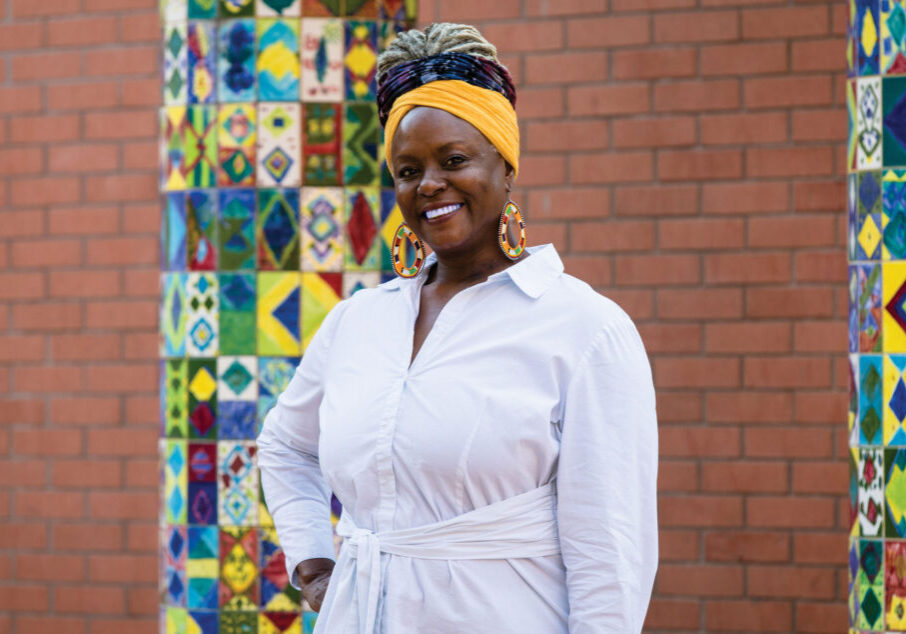
Anecia Johnson – Sharing the Intellectual and Natural Wealth, Brilliance and Triumphs of Indigenous Black American and African Diaspora History
Anecia Johnson, Community Educator and Founder of Amma Culture – Education, Sciences & Arts, has a mission and a passion. “I’m living my divine purpose,” says Anecia. “We at Amma Culture […]
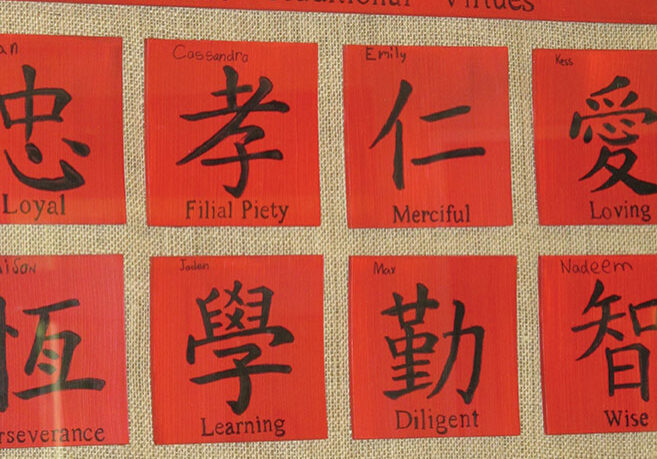
Dual Language Immersion: What Is It And How Does It Work?
School language immersion programs, first appearing in the United States and Canada in the 1960s, have gained popularity over the years. Currently there are nearly 400 such programs across 30 […]


